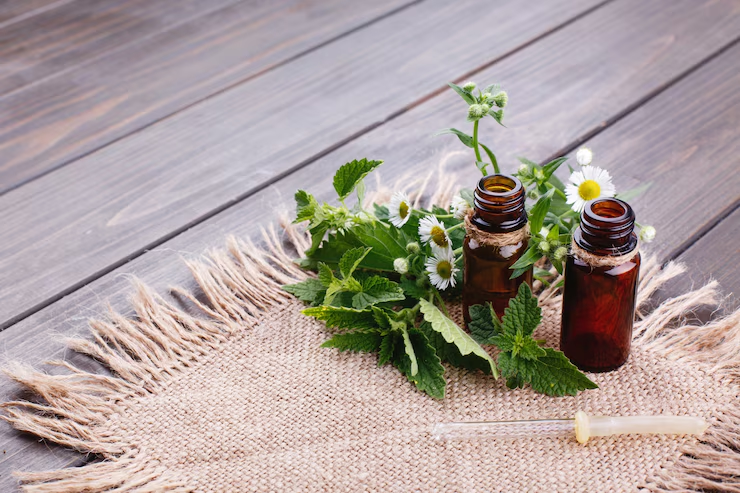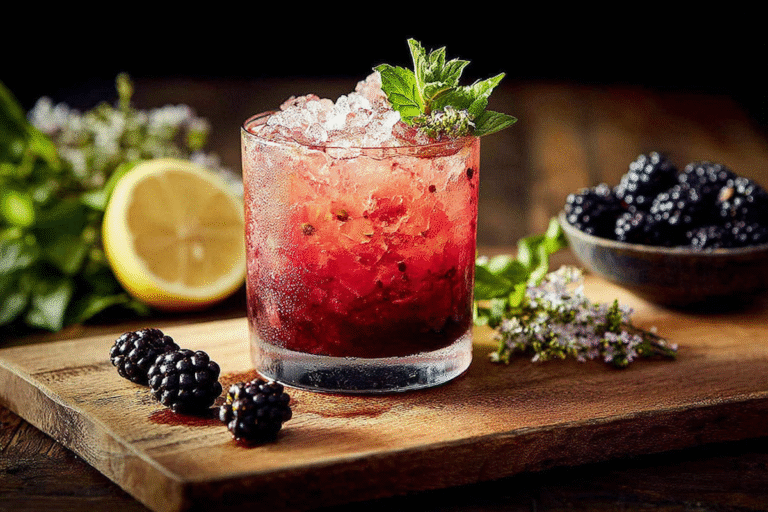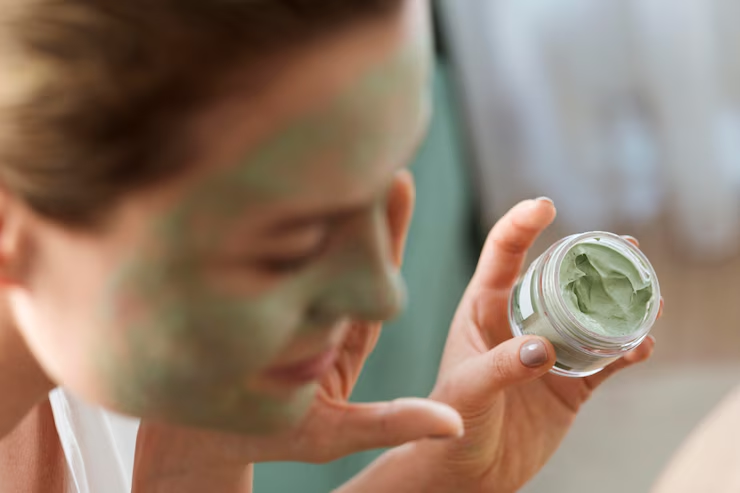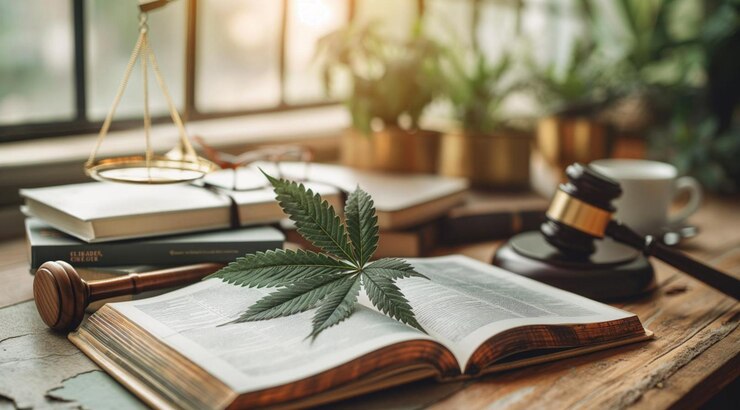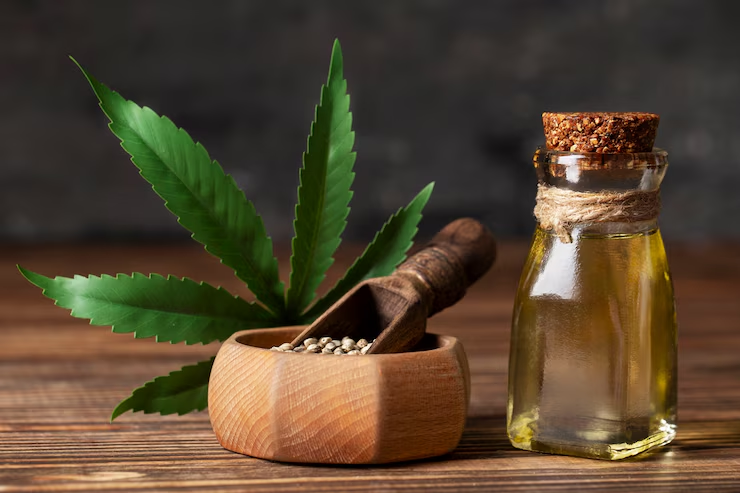How to Make CBD Tinctures with Different Carrier Oils
Table of Contents
cbd roll on for pain tinctures have become one of the most popular ways to consume cannabidiol, thanks to their ease of use, effectiveness, and versatility. But did you know that you can make your own CBD tinctures at home with different carrier oils to customize your experience? In this guide, we’ll walk you through how to make CBD tinctures, explore the best carrier oils to use, and share tips to help you get the most out of your homemade infusion.
Whether you’re a wellness enthusiast or just curious about DIY remedies, this step-by-step guide to CBD tinctures will give you a full understanding of how to make your own and why the carrier oil you choose really matters.
What Are CBD Tinctures?
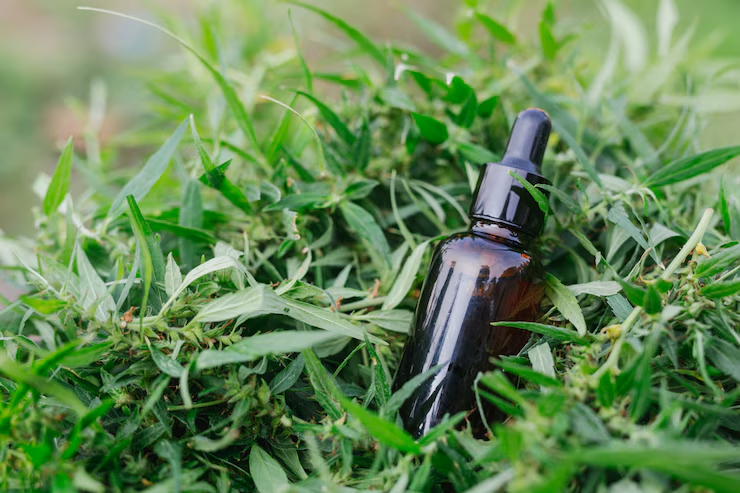
CBD tinctures are concentrated herbal extracts made by soaking CBD-rich hemp flower in alcohol or oil. In modern DIY and commercial methods, CBD tinctures are typically made using carrier oils like MCT oil, hemp seed oil, olive oil, or avocado oil instead of alcohol. These oils help dissolve the CBD extract and enhance its absorption when taken sublingually (under the tongue).
CBD tinctures are a great choice for people looking to manage stress, anxiety, inflammation, sleep issues, and more. They’re easy to dose, fast-acting, and can be flavored or unflavored, depending on your preferences.
Benefits of Making Your Own CBD Tinctures
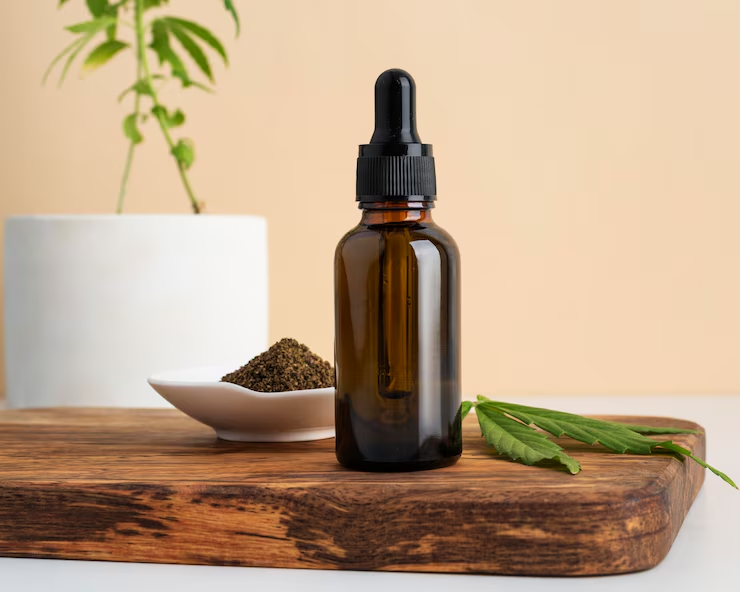
- Control Over Ingredients: Know exactly what’s going into your body.
- Cost Effective: Homemade tinctures are often cheaper than store-bought versions.
- Customizable Potency: Adjust the strength depending on your needs.
- Choice of Carrier Oils: Tailor the base oil to your body and taste preferences.
Best Carrier Oils for CBD Tinctures
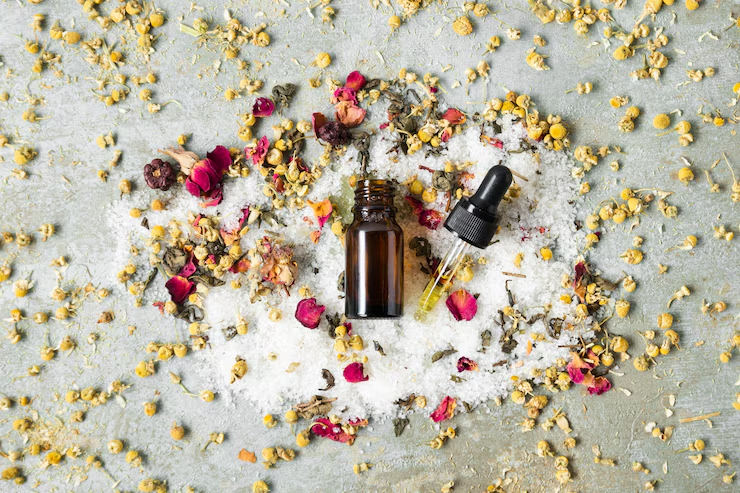
The choice of carrier oil impacts the absorption, shelf life, taste, and benefits of your CBD tincture. Here are the most common options:
1. MCT Oil (Coconut Derived)
- Pros: High bioavailability, neutral taste, long shelf life.
- Best For: General use, fitness recovery, keto users.
2. Hemp Seed Oil
- Pros: Nutrient-dense, rich in omega-3 and 6.
- Best For: Users who want a full-spectrum hemp experience.
3. Olive Oil
- Pros: Antioxidant-rich, heart-healthy.
- Best For: Culinary use or users who prefer a familiar taste.
4. Avocado Oil
- Pros: High in monounsaturated fats, thick consistency.
- Best For: Topical use or oil pulling.
5. Grapeseed Oil
- Pros: Light texture, mild flavor, antioxidant-rich.
- Best For: Sensitive stomachs and skin.
How to Make CBD Tinctures at Home
Ingredients:
- CBD flower (high-CBD strain)
- Your chosen carrier oil
- Cheesecloth or fine strainer
- Mason jar with lid
- Double boiler or slow cooker
- Dropper bottles (for storage)
Instructions:
- Decarboxylate the CBD:
- Preheat oven to 240°F (115°C).
- Break CBD flower into small pieces and bake for 40–45 minutes to activate the CBD (decarboxylation).
- Combine with Oil:
- Place the decarbed CBD and your chosen carrier oil in a mason jar. Use about 1 cup of oil per 7–10 grams of CBD flower.
- Heat Infusion:
- Place the jar in a double boiler or slow cooker on low heat (130–150°F or 55–65°C) for 2–3 hours, stirring occasionally.
- Ensure the mixture doesn’t overheat to preserve cannabinoids.
- Strain the Mixture:
- Allow the oil to cool slightly, then strain it through cheesecloth into a clean container to remove plant matter.
- Store and Label:
- Transfer the strained oil into dropper bottles and label with the date and potency (if known).
Store your tinctures in a cool, dark place. They typically last 6 months to 1 year.
Dosing and Usage Tips
- Start with a small dose (0.25 – 0.5 mL) and observe effects.
- Place the tincture under your tongue and hold for 30–60 seconds before swallowing.
- Use consistently at the same time daily for best results.
5 Frequently Asked Questions About CBD Tinctures
1. What is the best carrier oil for CBD tinctures?
MCT oil is often considered the best due to its high bioavailability and neutral flavor, but others like hemp seed oil or olive oil work great too depending on your goals.
2. How strong will my homemade CBD tincture be?
That depends on the amount and potency of the CBD flower used. Lab testing is the most accurate way to determine exact strength.
3. Can I use CBD isolate instead of flower?
Yes, CBD isolate can be directly mixed into warmed oil without decarboxylation, making it easier for precise dosing.
4. Are CBD tinctures the same as CBD oil?
They are often used interchangeably, but traditionally tinctures were alcohol-based, while CBD oil uses carrier oils.
5. Is it legal to make CBD tinctures at home?
In most U.S. states, yes—if your CBD source contains less than 0.3% THC. Always check your local laws.
Final Thoughts
Making your own CBD tinctures empowers you to take control of your wellness journey. With a variety of carrier oils available, you can personalize your tincture to suit your taste, nutritional goals, and preferred method of absorption. Not only is it a rewarding DIY project, but it also brings peace of mind knowing exactly what’s in your CBD supplement.
Start small, experiment with different oils, and find what works best for you. Your body (and wallet) will thank you!

